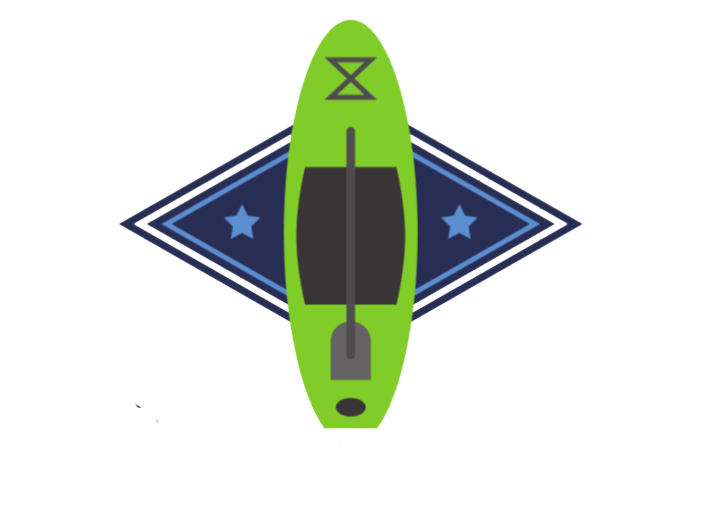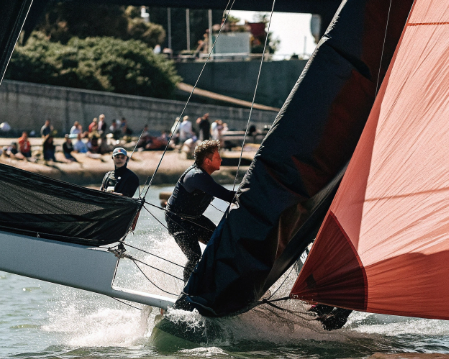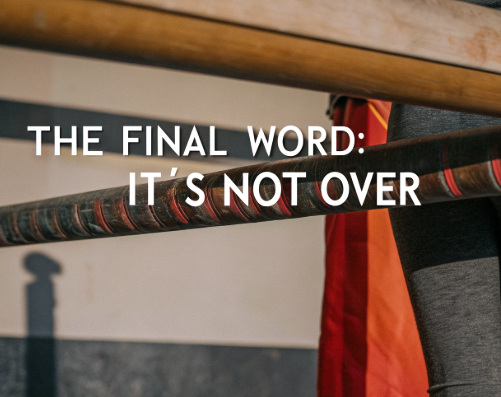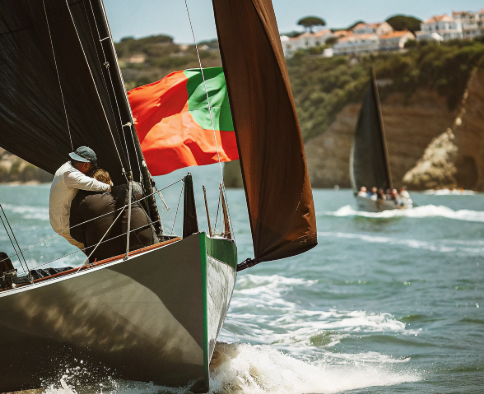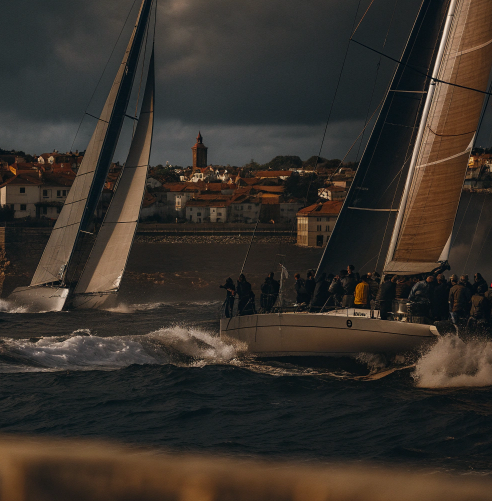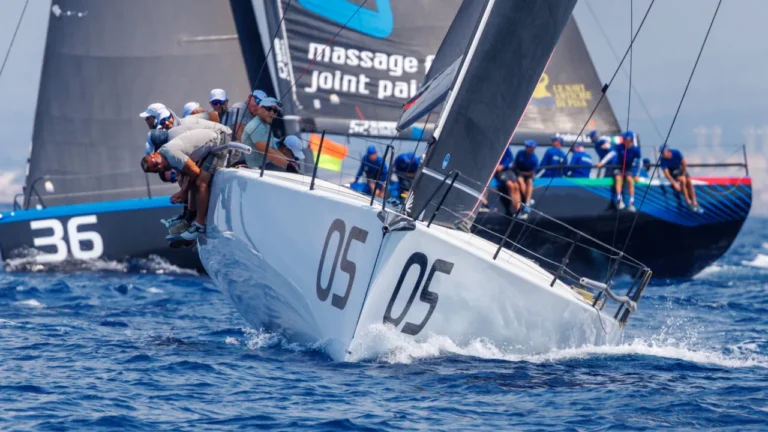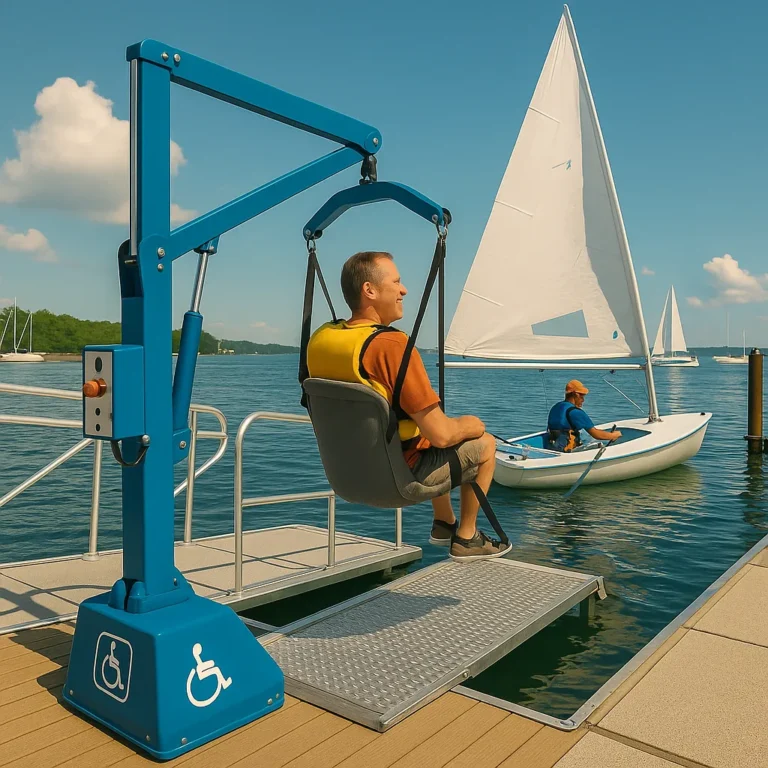Sailing has long carried the image of exclusivity — sleek yachts, technical precision, and a steep learning curve. But the wind is shifting. Across marinas and open waters, a quiet revolution is unfolding. Inclusive sailing classes, particularly the Hansa class, are transforming regattas into arenas where physical limitations no longer dictate participation. Through design, technology, and community values, sailing is becoming a sport for everyone — not just the able-bodied or experienced.
What Are Inclusive Sailing Classes?
Inclusive sailing classes refer to boat categories and competition formats specifically designed to accommodate sailors with disabilities. These aren’t separate events or watered-down versions of traditional races — they are fully integrated into the competitive landscape. The standout example is the Hansa class, built from the keel up for accessibility.
Here’s what sets Hansa boats apart:
- Ease of use – Automated sails and simple controls make maneuvering intuitive.
- Stability – Wide hulls ensure the boat remains upright, even in heavy winds.
- Adaptive control systems – Sailors can steer using joysticks, foot pedals, or even voice commands.
These design choices eliminate the need for brute strength or perfect balance, replacing physical challenge with tactical skill.
Technology Is the New Wind in the Sails
Today’s inclusive sailboats aren’t just modified; they’re purpose-built to meet a wide spectrum of physical needs. Whether a sailor has limited mobility in one arm or complete lower body paralysis, modern designs ensure they still have full command of the boat.
Key accessibility features include:
- Supportive seating that keeps the torso secure without sacrificing agility.
- Remote steering mechanisms that allow precise control from any position.
- Multisensory guidance systems, like auditory beeps and tactile cues, to support those with vision or hearing impairments.
With the right gear, a sailor’s disability becomes irrelevant to their ability to compete. Instead of an obstacle, it’s just another variable — like the wind.
Racing on Equal Terms: Skill Over Status
Inclusive regattas flip traditional competition on its head. Gone are the days when bigger budgets meant faster boats. In classes like Hansa, every sailor starts in identical equipment. That levels the playing field in a way few other sports can match.
What matters now?
- Strategy and wind reading.
- Precise timing and coordination.
- A deep understanding of sailing dynamics.
This creates a rare sporting environment: one where a first-time sailor can share the water with a national champion, and no one has a built-in advantage.
A Community That Builds, Not Compares
At the heart of inclusive sailing is a community culture unlike any other. It’s not just about who finishes first — it’s about making sure everyone finishes. From volunteers on the docks to organizers behind the scenes, the focus is on accessibility, encouragement, and growth.
At a typical Hansa regatta, you might see:
- Veterans of the sport coaching newcomers between races.
- Teams of volunteers adjusting equipment to fit individual needs.
- Logistics crews ensuring that every venue — from parking lots to podiums — is barrier-free.
This ethos shifts the goal from competition to connection. And for many participants, that’s the most valuable prize.
Why Inclusive Sailing Matters Beyond the Sport
Sailing in an inclusive class isn’t just about leisure or medals — it’s a social statement. By breaking down physical and systemic barriers, these events show what society can achieve when accessibility is baked into the foundation.
Here’s what’s really at stake:
- Empowerment – People used to being excluded suddenly see themselves as athletes, competitors, and community members.
- Cultural change – The sport becomes a model for inclusivity in other areas: education, workplaces, public spaces.
- Psychological breakthroughs – Participation encourages resilience, autonomy, and pride.
Inclusive sailing isn’t just a better version of the sport. It’s a better vision for society.
